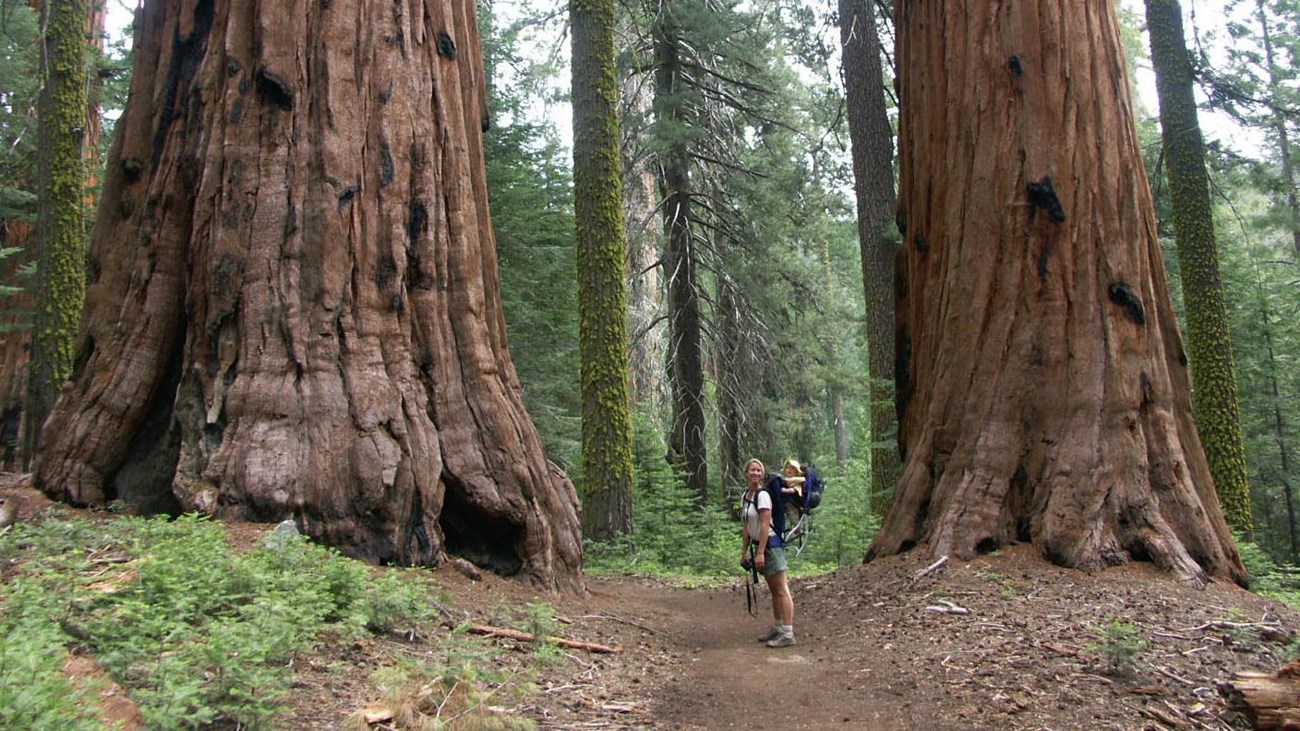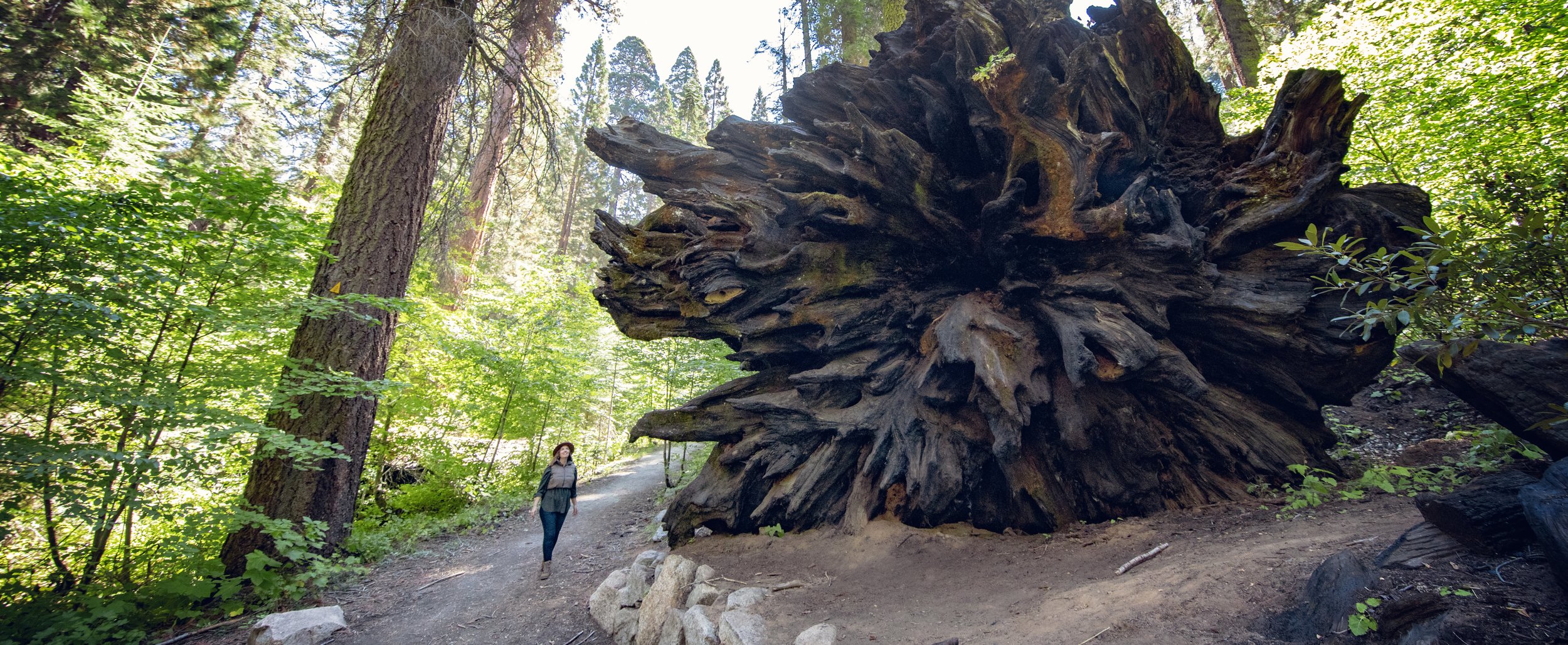Sequoia National Park Location-- Instructions and Exactly How to Get There
Sequoia National Park Location-- Instructions and Exactly How to Get There
Blog Article
Explore the Diverse Wildlife Habitats Within Sequoia National Forest
Sequoia National Park is an environmental prize, showcasing an outstanding variety of wildlife environments that add to its abundant biodiversity. From the magnificent gigantic sequoia woodlands to the varied towering meadows, each setting plays a vital role in supporting various varieties, consisting of both common and rare fauna.
Summary of Sequoia National Park
Sequoia National Park, nestled in the southern Sierra Nevada chain of mountains of California, is renowned for its awesome landscapes and looming huge sequoias. Developed in 1890, it is among the earliest national forests in the USA, committed to maintaining the all-natural appeal and ecological stability of this one-of-a-kind area. The park includes over 404,000 acres of diverse terrain, featuring majestic mountains, deep canyons, and lavish fields.

Site visitors can discover countless treking routes, varying from leisurely walks to difficult backcountry routes, each using an unique viewpoint of the park's grandeur. With its mix of natural wonders and leisure chances, Sequoia National Park functions as a vital sanctuary for both wildlife and those seeking to get in touch with nature.

Major Wild Animals Habitats
The diverse landscapes of Sequoia National forest create a mosaic of wildlife habitats that support an abundant range of species. These habitats range from rich meadows and dense woodlands to rocky towering zones and large river valleys, each giving one-of-a-kind eco-friendly niches.
One popular habitat is the large sequoia forest, identified by towering trees and a rich understory, which supports various creatures, birds, and insects. The mixed conifer forests, composed of types such as sugar pine and white fir, offer extra sanctuary and food sources for wildlife.
Meadows and grasslands play a critical duty in the park's communities, acting as essential foraging grounds for herbivores like deer and tiny mammals. These open areas also attract varied bird varieties, specifically during migration periods.
The park's higher altitudes include towering environments, where problems are severe and varieties are adapted to make it through in such extremes (Sequoia National Park hour). Right here, one can find special plants and animals that grow in rough, cool settings
Plants and Animal Variety
Within the diverse environments of Sequoia National Park, an impressive range of plants and fauna coexists, showcasing the elaborate relationships that sustain the park's biodiversity. The park is home to over 1,300 plant species, including the famous giant sequoias, which are among the largest and oldest trees in the world. These impressive trees provide essential habitat and food sources for different wildlife, promoting a complex web of eco-friendly interactions.
Pet species in Sequoia National forest are equally varied, with habitats varying from lowland foothills to high towering settings. Mammals such as black bears, mule deer, and bobcats thrive in this rich environment, while bird varieties, including the impressive golden eagle and the elusive spotted owl, grace the skies. Amphibians and reptiles, like the Sierra newt and the western rattlesnake, likewise play crucial roles in keeping environmental balance.
The park's distinct mix of altitude gradients and microclimates supports these different varieties, highlighting the importance of preserving the natural environments that enable such an abundant tapestry of life to grow. Understanding this variety is crucial for valuing the ecological importance of Sequoia National forest.
Preservation Initiatives in the Park
Conservation efforts in Sequoia National forest play an essential function in securing its unique ecological communities and the diverse species that inhabit them. The park utilizes a diverse strategy, including environment remediation, species monitoring, and invasive types administration. These initiatives are vital for maintaining the delicate balance of the park's ecosystems, which consist of gigantic sequoias, fields, and towering environments.
Energetic remediation jobs concentrate on improving native plant communities and fixing up degraded environments. Sequoia National Park hour. This is especially essential in areas impacted by human activity or natural disruptions such as wildfires. The park's biologists carry out routine tracking of essential varieties, consisting of the threatened Sierra Nevada bighorn sheep, to assess populace health and educate administration techniques
Intrusive types posture a substantial threat to the park's biodiversity. To combat this, park staff implement elimination programs to control or get rid of non-native plants and pets that interfere with regional ecosystems. Public education and area participation are likewise emphasized, as they foster a much deeper appreciation for conservation initiatives. Via these thorough efforts, Sequoia National forest aims to safeguard its abundant natural heritage for future generations while guaranteeing the resilience of its diverse wild animals environments.
Tips for Wildlife Observation
Observing wildlife in Sequoia National Park supplies a distinct possibility to attach with nature and appreciate the varied varieties that prosper in this exceptional habitat. To optimize your wild animals observation experience, take into consideration a number of important pointers.
First of all, strategy your see throughout morning or late mid-day, as these times are most active for many pets. Bring binoculars to observe wild animals from a risk-free distance without interrupting their all-natural behavior. In addition, familiarize on your own with the types you want to see; comprehending their habits and environments can boost your chances of identifying them.
Persistence is essential; wildlife monitoring frequently calls for waiting silently and understanding your environments. Remain on designated trails to decrease your effect on the ecological community and guarantee your safety and security. It is also a good idea to keep a considerate range from animals, avoiding any activities that might worry them or disrupt their atmosphere.
Lastly, think about joining led scenic tours led by experienced park rangers. These professionals can provide important understandings and boost your opportunities of experiencing wildlife in their natural setups. By complying with these suggestions, you can improve your experience and contribute to the conservation of click for more info Sequoia's wild animals.

Conclusion
Sequoia National Park functions as a vital sanctuary for diverse wildlife, showcasing an exceptional array of environments that sustain countless types. The interaction between giant sequoia forests, combined conifer woodlands, fields, and towering areas fosters a rich environmental tapestry. Continuous conservation efforts are important for protecting these habitats and the unique vegetation and animals that occupy them. Eventually, the park's biodiversity highlights the relevance of preserving such all-natural landscapes for future generations.
Please visit one of our local supporters - Wholesale Liquidation Pallet Airpods Pro
Report this page